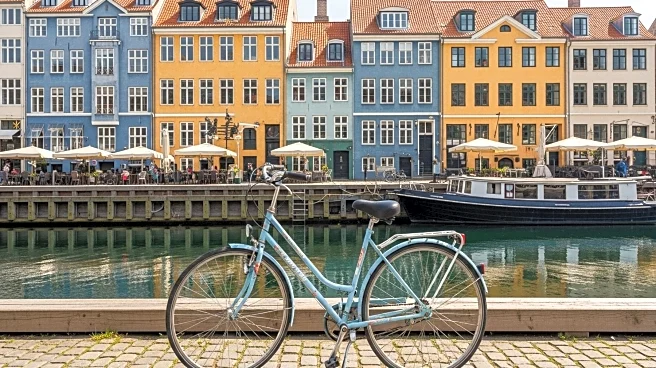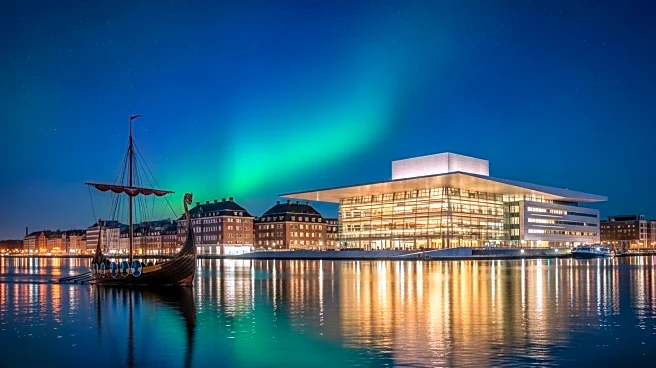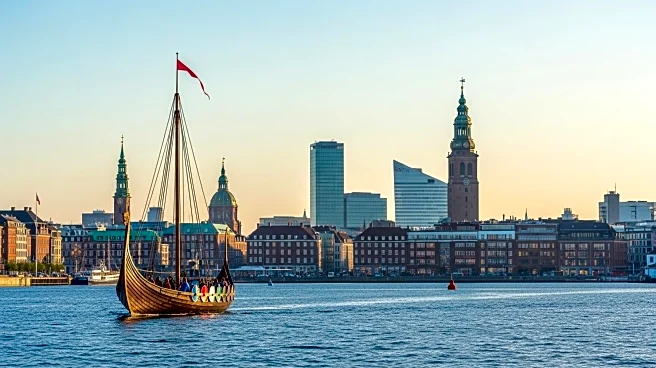Copenhagen, the capital of Denmark, is a city rich in history and cultural significance. Known for its strategic location and vibrant urban environment, Copenhagen offers a wealth of facts and details that highlight its importance in Scandinavia. From its origins to its modern status, the city provides insights into its unique character and development.
Core Facts
Copenhagen is the largest city in Denmark, with a population of approximately 1.4 million. It is situated on the islands of Zealand and Amager, facing the Øresund strait that separates Denmark from Sweden. The city is connected to Sweden by the Øresund Bridge, facilitating travel and commerce between the two countries.
Notable Details
Copenhagen's historical significance is evident in its role as the capital of Denmark since the early 15th century. The city served as the de facto capital of the Kalmar Union in the 16th century, governing the Nordic region. Its architectural landmarks, such as Christiansborg Palace and Frederik's Church, reflect its rich cultural heritage.
Comparisons and Contrasts
Compared to other Scandinavian cities, Copenhagen stands out for its strategic location and historical role in trade and governance. The city's commitment to sustainability and cultural preservation sets it apart, making it a model for urban development. Copenhagen's blend of tradition and modernity offers a unique contrast to other European capitals.
Key Data Points
Copenhagen covers an area of 606.5 km², with a municipal area of 86.39 km². The city's highest elevation is 91 meters, providing a varied landscape. These data points highlight Copenhagen's geographical features and urban layout, contributing to its dynamic environment.
 Discover Daily • 8 min read
Discover Daily • 8 min read 









